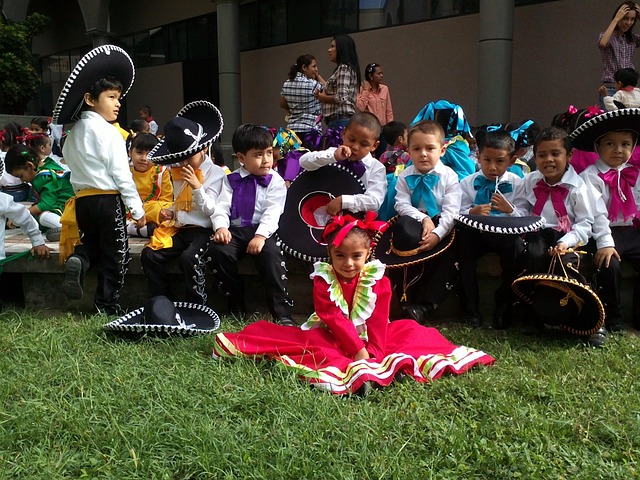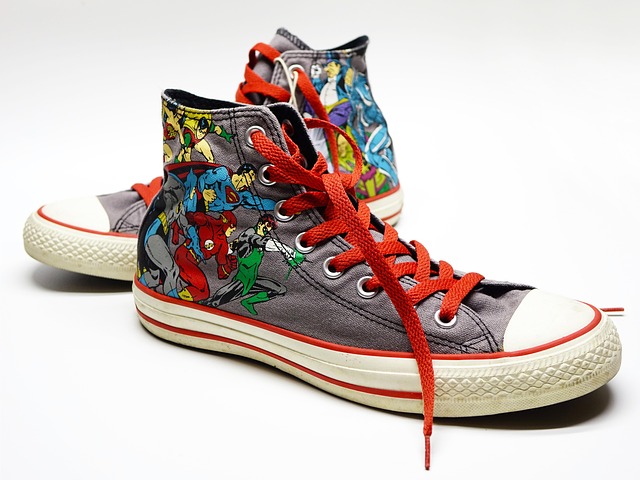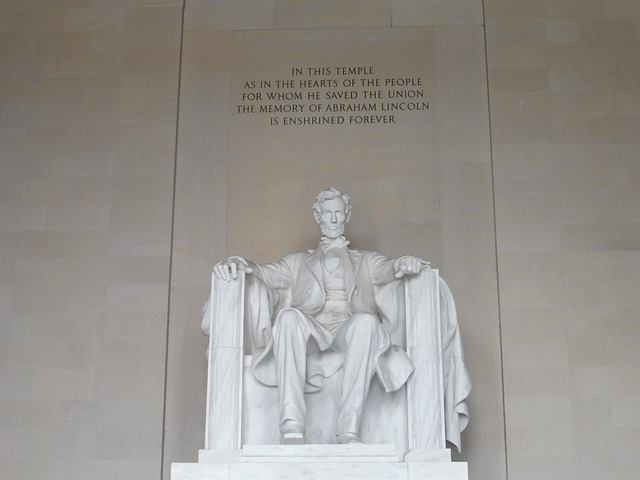Throughout the ages, the interplay between movement and spirituality has been a captivating theme across cultures and religions. In various traditions, the act of dancing is often seen as a means of connecting with the divine, a way to express devotion through the body as well as the spirit. The concept of danceable devotion” embodies this profound relationship, allowing the rhythm of the gods to resonate within us.
From the ancient rituals of indigenous tribes to the intricate footwork found in the temples of Hinduism, each movement serves a purpose. In many religions, dance is not merely an art form; it is a divine language that transcends words. For example, the traditional Bharatanatyam dance of India isn’t just a physical performance; it’s a spiritual narrative that brings stories of the gods to life through expressive gestures and rhythmic footwork. This form of danceable devotion allows participants and spectators alike to feel the presence of the divine in every twirl and leap.
In Christianity, the act of dancing has also played a significant role, even finding its way into worship services. Gospel music often inspires congregants to sway and move, turning prayers into heartfelt expressions of joy and reverence. This celebration through movement embodies a stylistic and communal worship experience that invites everyone to participate in the danceable rhythms that uplift the spirit. Here, the energy of the collective body swaying in harmony reflects a form of devotion that is not just seen but also felt.
Consider the Sufi Whirling Dervishes, who spin in a mesmerizing dance as a form of meditation and connection with the divine. Each rotation brings them closer to Allah, serving as a reminder of the unity of their existence with the cosmos. This danceable moment becomes an outward expression of inner devotion, a physical manifestation of seeking the sacred. The very act of spinning embraces a timeless rhythm, echoing the heartbeat of the universe.
But the beauty of danceable devotion transcends specific faiths or traditions. In modern times, dance has become a universal platform for spiritual expression. Festivals around the world celebrate the fusion of music and movement, inviting individuals from various backgrounds to come together and honor the divine in joyous unison. This collective experience highlights how danceable energies can bridge divides, creating a sacred space where the divine is accessed through unfiltered joy and freedom of expression.
As we navigate our spiritual journeys, we can draw on the inspiration from these diverse practices. Whether we join in a community dance fest, sway gently to our favorite hymns, or indulge in solo movement within our living rooms, we can embrace the danceable nature of our devotion. Letting our bodies move to the rhythms of our beliefs can elevate our spirits and connect us with something greater than ourselves. In a world that so often feels disconnected, the quest for danceable devotion offers an opportunity to rekindle our sacred connection with the divine and with each other.
Danceable devotion is more than just a colorful expression of artistry; it’s an invitation to immerse ourselves in the energetic currents of the divine. Each step we take in dance brings us closer to understanding the profound ways in which movement and religion intertwine. So, let us not forget to celebrate and honor these rhythmical traditions, for in every sway and beat lies a prayer raised from our very beings to the gods watching over us.




